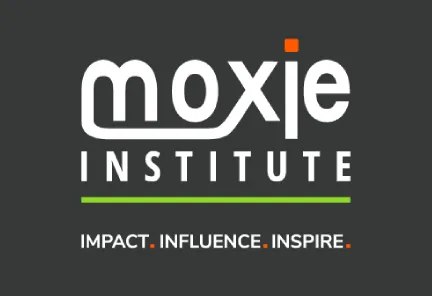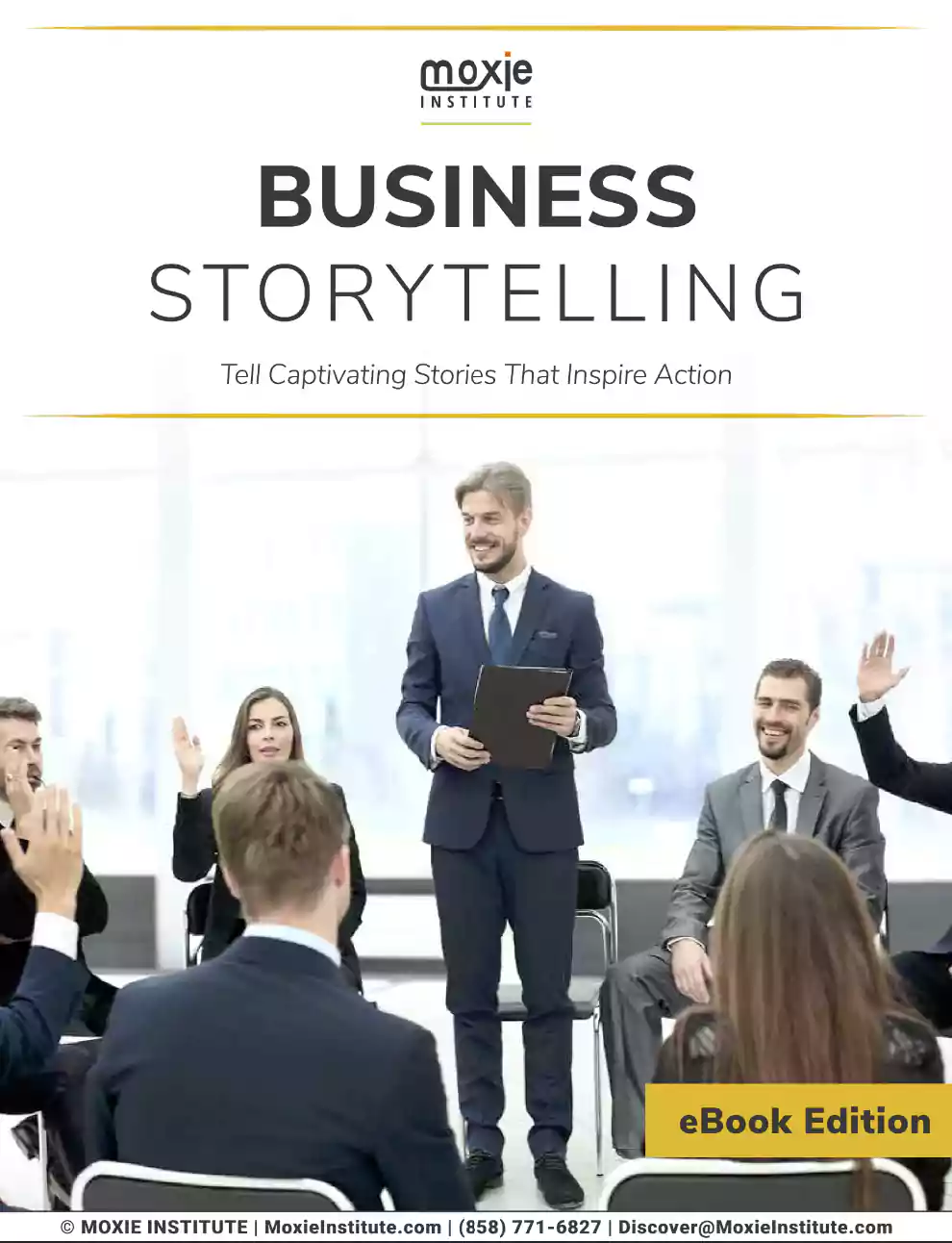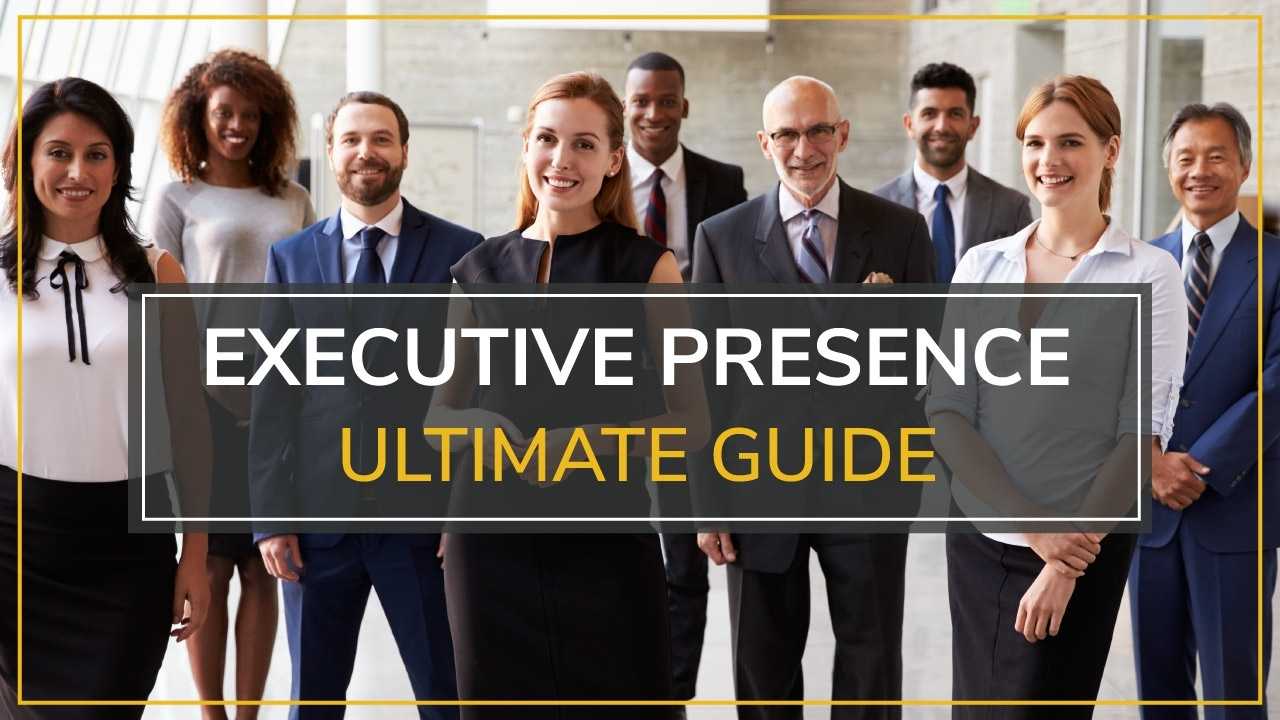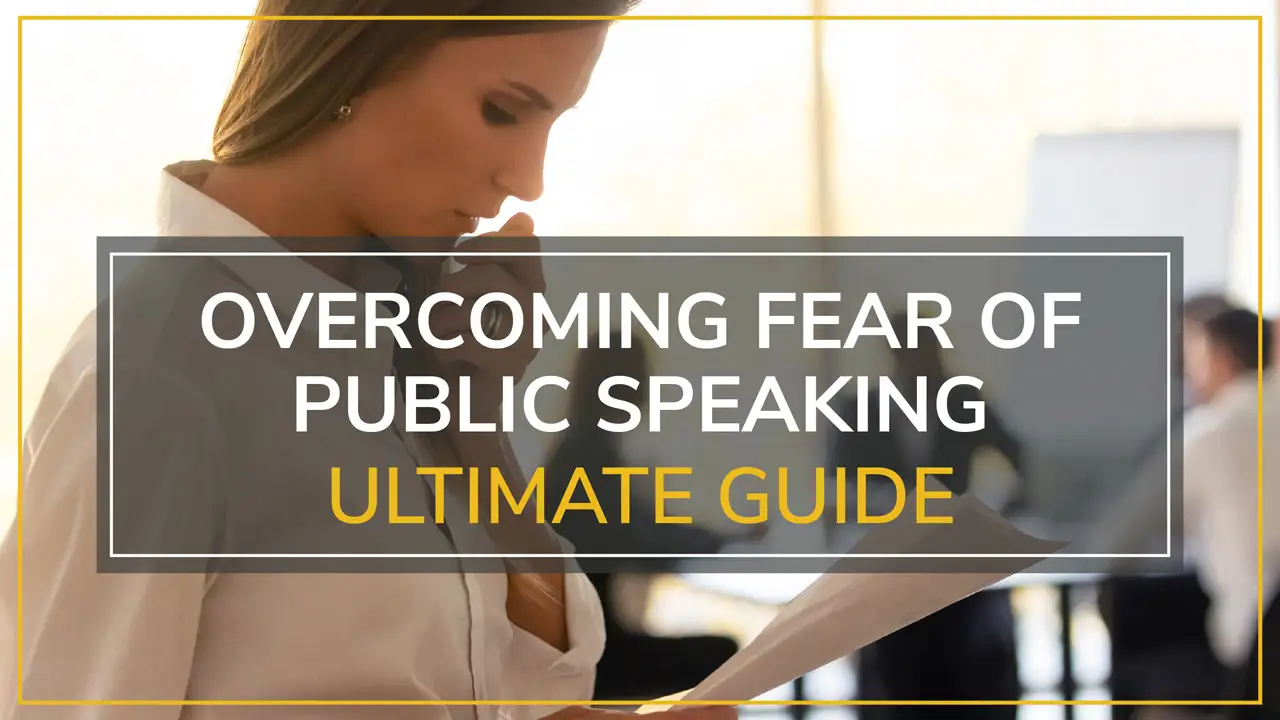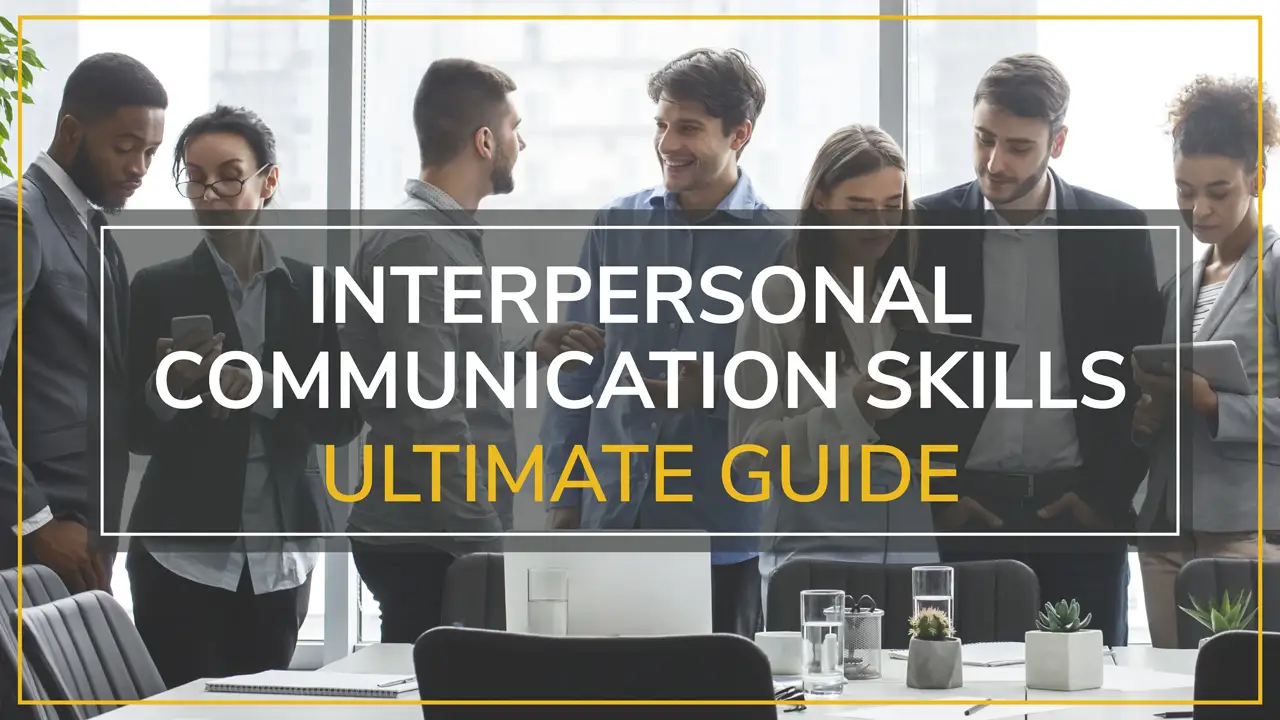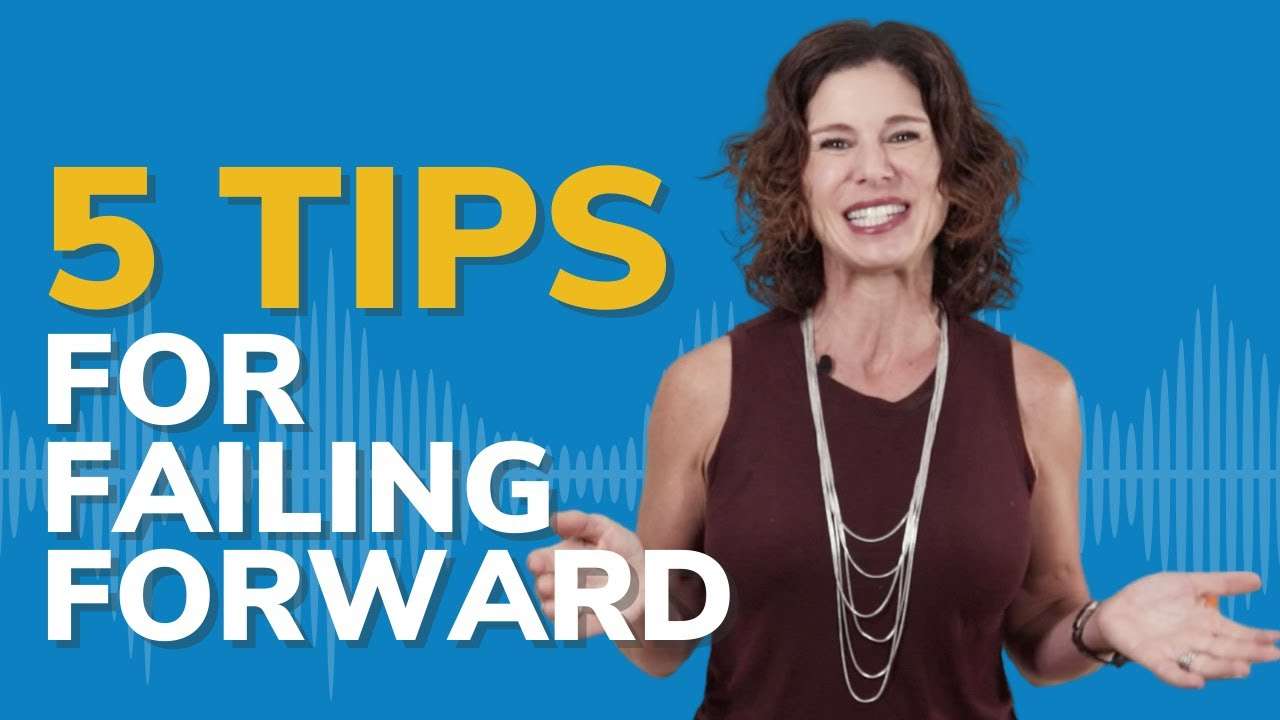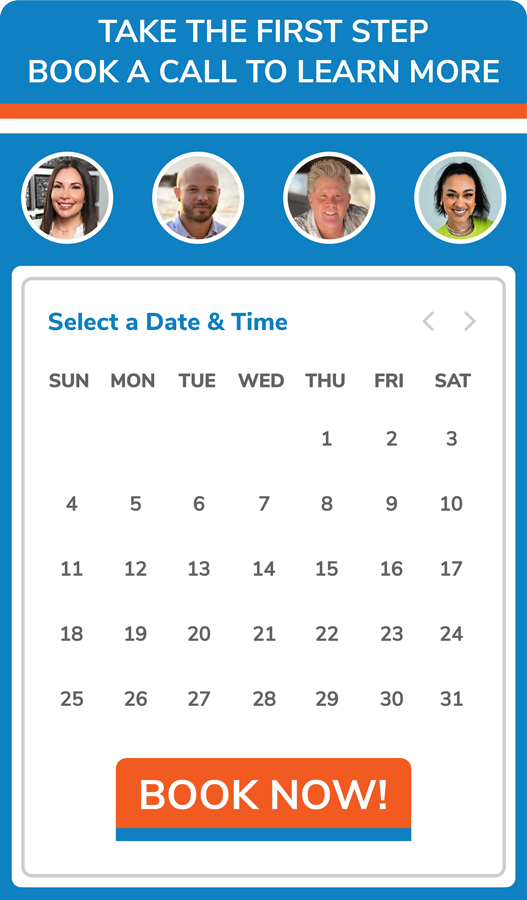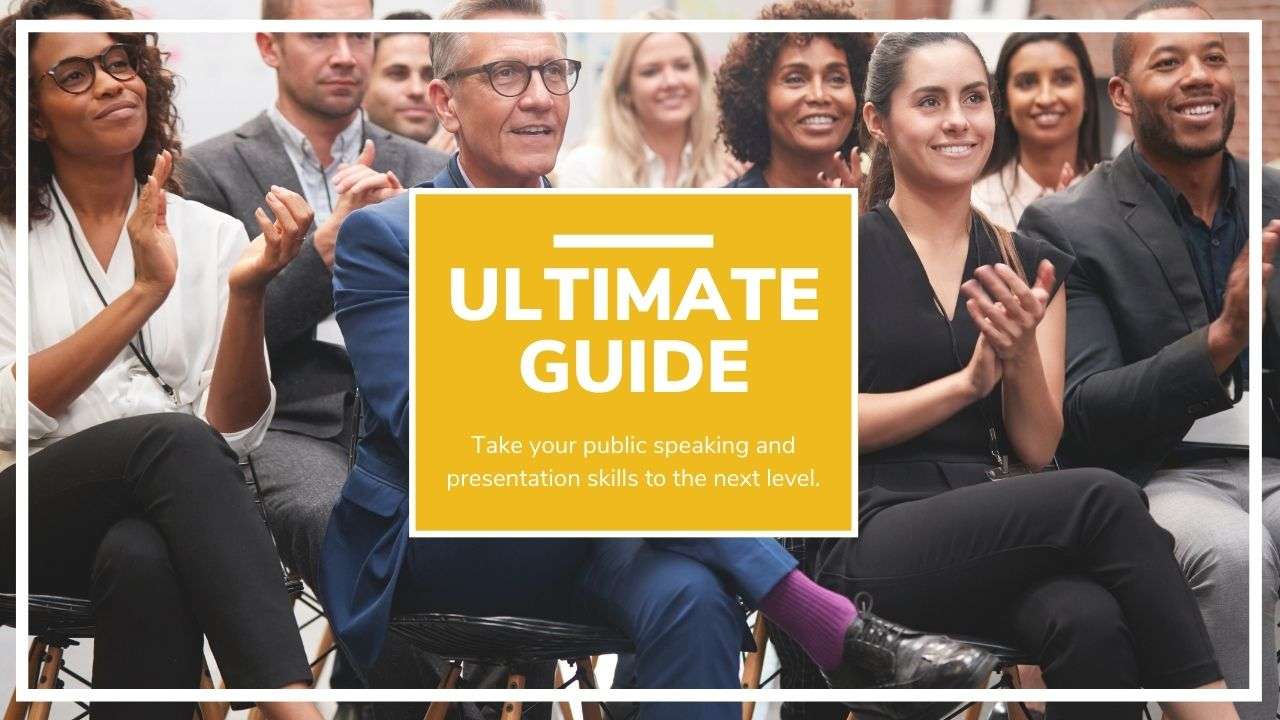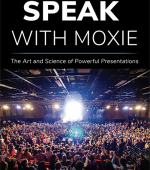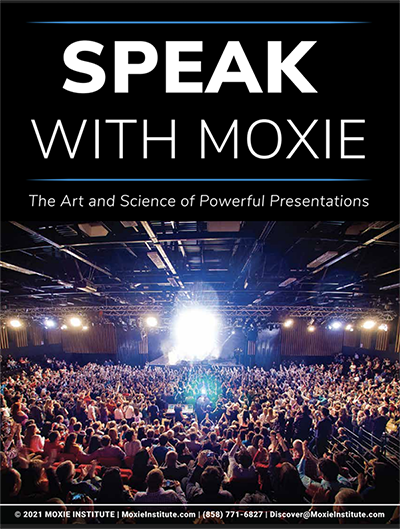Now, through our public speaking training 101 series, you’ve written your speech, varied your voice, and mastered your breath, so let’s talk about the rest of your physicality.
So…how do you “X”cite your audience? Believe it or not, you’ll be using the same techniques that actors use. You can bring show business to your business through body language.
Imagine the most dynamic speaker you’ve ever heard. I’ll bet they didn’t speak slouching in a chair, head down, never moving. No! They communicated their excitement through their body. You can, too.
“Be still when you have nothing to say; when genuine passion moves you, say what you’ve got to say, and say it hot.”
-D.H. Lawrence
As we teach in our public speaking training, nonverbal communication is crucial to speaking success.
Whether consciously or not, your non-verbal communication influences your audience. In fact, body language accounts for more than 50% of what people think of us. So, body language and how you use your body while presenting your ideas is just as important as what you say.
Known affectionately as “The science of not being boring,” the ability to excite your audience goes far beyond just the words you say—otherwise, Steve Jobs would have handed out spec sheets and brochures instead of his monumental iPhone keynote. When it comes to delivering effective presentations, your hand gestures, posture, stage positioning, and facial expressions are what truly underscore important facts, emphasize your main points with more impact, and amplify the meaning of your words.
The responsibility to light the fire in your audience is up to you, the presenter.
We’ve rounded up four methods you can use to fine-tune your non-verbal communication and add excitement to your talk:
Table of Contents
Toggle1. COMMAND THE SPACE
It can be a jungle out there when we’re nervous. No matter how much public speaking training we have, nervousness makes our ancient monkey brains kick in. We mistake the gaze of our audience for threatening stares from the savanna.
But since conference rooms rarely have trees to climb, we compensate in other ways. We hide behind the podium. We turn our backs on the audience while reading the screen. We shut down our normal physicality.
We shrink.
But our ape instincts are the last things we need when presenting. To counter that survival instinct, actors learn to command the space. Sometimes that means checking in with their bodies when they’d normally get antsy. Sometimes it means being larger than life.
Actors develop an awareness of the space their bodies occupy, and speakers benefit from doing the same.
Take an inventory of how your body is positioned this very instant.
- Is your spine straight?
- Where are your shoulders?
- Are you communicating confidence or cowardice?
Now ask yourself the same questions about the last time you spoke in public.
- Were you physically expansive, or did your anxiety compress your posture (and your effectiveness?)
- If you were standing: did you stand tall, or did you slump?
- If you were seated: was your back active and straight or blobbed into the back of the chair?
However big or small the space, use it. When you utilize the entire space and move around it, you can feel the excitement of your audience.
But how does one “utilize the entire space” in an exciting way?
Start by standing front and center in your presentation space, be it a stage or the far side of the conference room.
Remember—You’re important and you have a strong idea to share!
Come out from behind the barriers. Don’t hide behind the podium or any furniture. Use a remote so you can’t hide behind your laptop. Face your audience, not the screen behind you.
Developing body awareness is the first step to clear nonverbal communication. The second step? Make yourself big.
The Power Pose
If you are approached by a mountain lion, the best course of action is to stand tall and get big, opening your coat or using your arms to appear larger. Though you are most likely not speaking to an audience of mountain lions, the advice is still the same.
The second most-watched TED talk of all time is about teaching you how to stand.
Amy Cuddy’s talk “Your body language may shape who you are” has been seen over 51 million times. Why are people so interested in the body language of a stance?
Because we know that body language changes things. It changes how we feel, and it changes how others feel about us.
The science behind some of Cuddy’s assertions is disputed, but a growing body of research – and our experience with actors, executive teams, and TED speakers – says that how you stand affects how confident you feel.
The key to this new confidence? Expansiveness. Cuddy calls this the “Happy Warrior” mindset.
“The best way to gain influence is to combine warmth and strength,” she writes. “When we feel confident and calm, we project authenticity and warmth.”
So be bold and get large: chest out, shoulders back, feet planted. If it feels good, take a minute before your speech to stand with your hands at your hips, or pump your fists like Rocky after his run.
Don’t shrivel behind a lecturn. Stand proudly in front of your audience. As my dad used to say, “walk in like you own the place.” Command the space by making it yours.
2. MOVE WITH CONVICTION
If you want to be a truly dynamic speaker, you need to go one step further than power posing with physical expression. Power poses juice up your hormones and help you fake it until you become it. But effective speakers with public speaking training know that beyond the power poses, we use our bodies to elevate our messages.
Most speakers put little to no thought into where they should move. However, you can use your body and your space to engage with your audience if you simply consider where to move in the space.
Here are some tips to move with conviction:
- Avoid standing in one place the whole time.
- Walk to different parts of the stage or room to engage with more people.
- Walk to an area of the room, stop and make a point, then move again.
- Find places to move to with purpose and conviction. Don’t pace aimlessly back and forth- This is distracting and makes you look more nervous than confident.
- Beware of repetitive motion. On stage, people often deal with adrenaline by unconsciously swaying or shifting their weight from foot to foot. This is not good. Repetitive movements are distracting and set up a lullaby pattern in the audience’s brain.
- Think about how to use movement wisely. You can walk, but not pace. You can step forward and or back, but don’t rock. Pacing and rocking are just as unappealing as swaying — they create that lull.
- Practice moving to make a new point. Try coming closer to the audience when the content of your talk calls for it.
3. USE HAND GESTURES WISELY
“As important as it is to adopt bold power poses before challenging situations, it’s just as important to maintain less bold but still strong, upright, and open postures during challenging situations.” – Amy Cuddy
I’ve had the opportunity to witness how powerfully body language can change a speaker’s message through the thousands of people I’ve coached in our presentation skills training.
It makes the difference between commanding the attention of the audience – of owning the room and providing memorable insight – or simply renting space to “say a few words” that will soon be forgotten.
And, perhaps surprisingly, this can be as simple as where you place your hands during your talk.
We all form impressions about a speaker that help determine how we interpret what the speaker is saying–and the impression we get about someone’s trustworthiness is a critically important factor in effective communication. If an audience does not trust the presenter or at least think that the speaker believes what he is saying, then it will be almost impossible for that speaker to get his or her message across.
Trust is established through congruence–that perfect alignment between what is being said and the body language that accompanies it. If a speaker’s gestures are not in full agreement with the spoken words, the audience consciously or subconsciously perceives duplicity, uncertainty, or (at the very least) internal conflict.
Although people may not be aware they are doing so, audience members are also evaluating a leader’s sincerity by the timing of his or her gestures: Authentic gestures begin split seconds before the words that accompany them. They will either precede the word or will coincide with the word, but will never come after the word. To use gestures effectively, you need to be aware of how those movements will most likely be perceived.
Here are some common hand gestures and the messages behind them based on our public speaking training:
Hidden hands. Hidden hands make you look less trustworthy. This is one of many nonverbal signals that are deeply ingrained in the human subconscious. Our ancestors made survival decisions based solely on bits of visual information they picked up from one another. In our prehistory, when someone approached with hands out of view, it was a clear signal of potential danger. Although today the threat of hidden hands is more symbolic than real, our psychological discomfort remains.
Steepling gestures. It is common to see a speaker using a steepling gesture (palms separated slightly, fingers of both hands spread and fingertips touching) when feeling confident or comfortable about a subject she knows well. Politicians, executives, professors, and attorneys are very fond of using these gestures when they speak.
Hand gestures of enthusiasm. There is an interesting equation between hand and arm movement and energy. If a leader wants to project more enthusiasm and drive, she could do so by increased gesturing. On the other hand, over-gesturing (especially when hands are raised above the shoulders) can make her appear erratic, less believable, and less powerful.
Hand gestures of composure. Arms held at waist height, and gestures within that horizontal plane, help you–and the audience–feel centered and composed. Arms at waist and bent to a 45-degree angle (accompanied by a stance about shoulder-width wide) is also the posture we advise leaders to assume between gestures. It helps keep them grounded, energized, and focused.
4. CONNECT WITH EYE CONTACT
Make eye contact with your audience. Eye contact makes your audience feel important, engaged, and connected to you! In fact, it’s the non-verbal equivalent of saying somebody’s name aloud.
We’ve all seen presentations where the speaker doesn’t look up from his or her PowerPoint to connect with us. Instead, focus on the audience rather than your presentation screen. This may take practice to feel comfortable. You may choose, at times, to look at specific people in the audience and, at other times, to let your eyes sweep across the whole crowd.
Connect with each listener – Make eye contact with everyone throughout your speech. Most speakers flit their gaze between a handful of people, which leaves the rest of the audience cold. Look: stay 2-3 seconds, then move on. Too nervous? Use the same timing, but look just above the audience’s heads.
One of the biggest mistakes people make when giving presentations is that they read from their slides. This transforms you from an expert to a mere reader of notes. Try this tip to help you be more “eye bold:”
Touch, Turn, and Talk method.
Touch the first point on the slide, turn to your audience and talk to them about the content.
There is no reason to look at the slides while speaking.
Always end your last word on a set of eyes before turning back to your slides.
This keeps the audience connected to you as you turn away.
PUBLIC SPEAKING 101: EXCITE THE AUDIENCE ACTION ITEMS
Interact- To the extent the setting will allow, include your audience in your presentation. If you can, ask them questions during the speech, it’s sure to liven things up! Even if it’s just during a Q & A, though, try to get everyone engaged. “What questions can I answer?” is a particularly inviting phrase.
Gesticulate, don’t irritate – Easily the most common tic in public speaking is repetitive, awkward hand movements. Nobody notices hands that are quiet, though. Park those hands somewhere that feels natural- by your sides, or gathered in front – and move them only for emphasis. When you’re worried you’re not moving them enough, you’ve probably hit the sweet spot.
Dive into the energy – During your presentation, you can find a true connection by imagining your audience as a pool of energy and jumping into it! I mean this as a mental exercise, of course, since crowd surfing could certainly be distracting! (And your boss may not be overly pleased.) But even consider this – how much more do fans love the performers who do jump in?
Love it? Want more info along with additional body language tips and exercises? Download our eXcite Your Audience Worksheet.
Still writing your speech? Check out our previous article, Public Speaking Training 101: Content and Preparation Before Your Speech.
Want ALL the info immediately? The ideas shared in this article are an excerpt from our Speak with Moxie e-book. To get the full action-packed book immediately at your fingertips, you can find it here.
Fia and Gregg Fasbinder
CEO and President
www.MoxieInstitute.com
hello@moxieinstitute.com
(858) 771-6827
